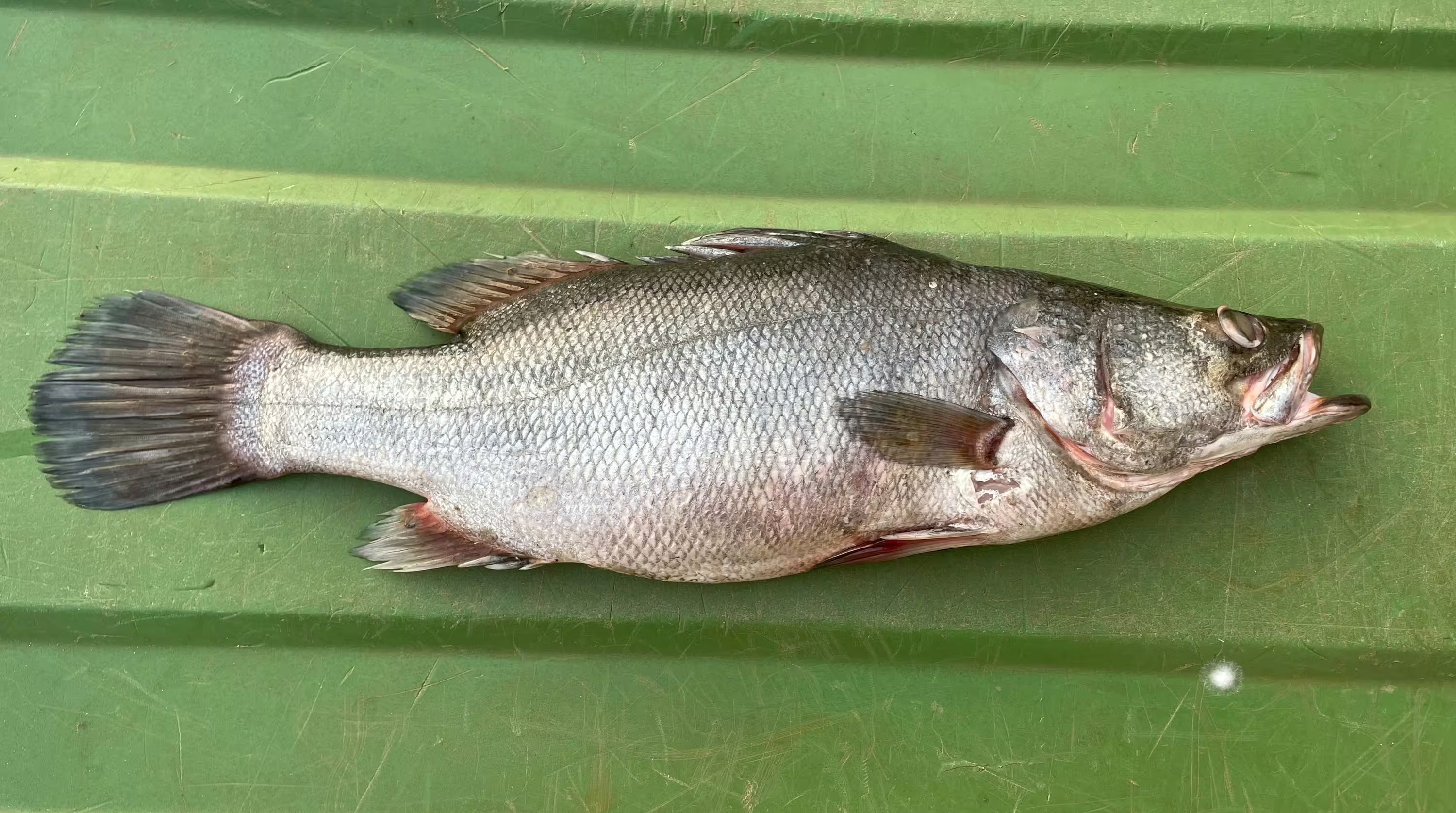Nile poles are an excellent source of high quality protein, which are important for the growth and repair of tissues in the body. Nile poles have a low fat content, making it a healthy choice for people who monitor their calorie contribution. Nile poles are an important source of omega-3 fatty acids, which are beneficial for the health of the brain, heart and eyes. The poles of the Nile are rich in vitamins and minerals, in particular in vitamin B12, niacin, phosphorus and selenium. Nile poles are relatively easy to cultivate in aquaculture, making it a viable source of food for local populations and for the food industry.
